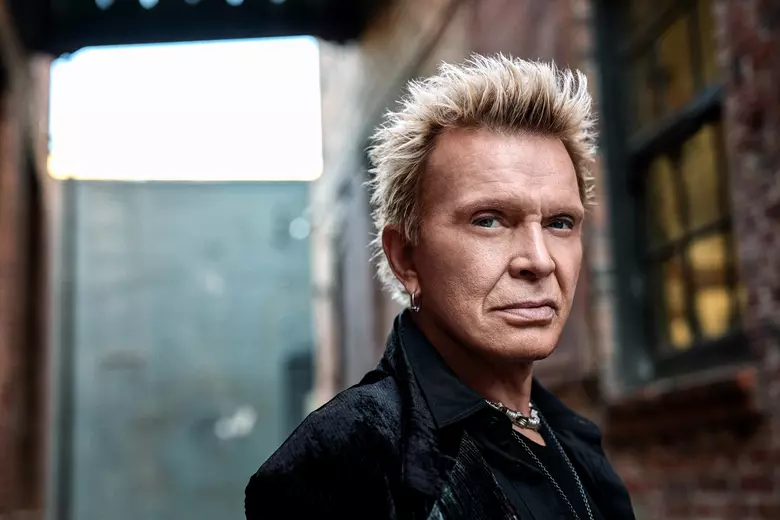Billy Idol brought punk snarl to the mainstream, wrapping it in leather, sneers, and stadium-ready hooks. As one of the first punk rockers to become a global pop icon, Idol didn’t just cross genres—he dominated them. With hits like White Wedding and Rebel Yell, he made rebellion look and sound irresistible.
Starting out with Generation X in the late ’70s UK punk scene, Idol already had the charisma and ambition to go bigger. When he moved to the U.S. and teamed up with guitarist Steve Stevens, his solo career exploded—combining punk roots with hard rock guitars and synth-pop production.
His look was as iconic as his sound: bleach-blond spikes, leather gloves, and that trademark snarl. On MTV, he was a superstar, with videos that turned him into a symbol of ’80s rock rebellion. But beneath the image was a sharp sense of songwriting and showmanship.
Even with ups and downs—personal struggles, industry shifts, and changing trends—Idol kept reinventing himself. He returned stronger in the 2000s with new albums and remained a magnetic live performer well into his 60s.
Billy Idol proved that punk could grow up without losing its edge. He took the underground to the top and never looked back.
In the late 1970s and early 1980s, punk rock was the sound of rebellion—raw, fast, and unapologetically anti-mainstream. Yet, out of that chaos emerged one figure who managed to turn punk’s sneer into a global pop phenomenon: Billy Idol. With his trademark platinum-blond spikes, leather jackets, and signature snarl, Idol became the embodiment of punk gone pop—bridging the gap between underground rebellion and mainstream stardom.
Born William Michael Albert Broad in London in 1955, Billy Idol was part of the original British punk explosion. He first gained attention as the frontman for Generation X, one of the early punk bands to sign with a major label. Unlike the Sex Pistols or The Clash, Generation X wasn’t strictly about politics or anarchy—it was about style, energy, and attitude. Idol had something that many punk frontmen didn’t: a sense of glamour and charisma that could appeal to a wider audience. He understood that punk didn’t have to stay in the shadows; it could evolve, electrify, and entertain.
When Generation X split in 1981, Idol moved to New York City—a bold decision that would redefine his career. Immersed in the city’s vibrant club scene, he connected with producer Keith Forsey, who helped him craft a new sound that fused punk’s edge with the pulse of rock and the accessibility of pop. This fusion was the birth of a new kind of star—one who looked punk but sounded radio-friendly.
His self-titled debut album, Billy Idol (1982), introduced hits like “White Wedding” and “Dancing with Myself,” songs that captured the rebellious spirit of punk while delivering catchy hooks and danceable beats. These tracks became instant MTV staples, propelled by visually striking videos that showcased Idol’s smirk, sneer, and swagger. MTV played a crucial role in turning him from a club act into an international icon—his image was as powerful as his sound.
Idol’s follow-up, Rebel Yell (1983), solidified his status. Songs like “Eyes Without a Face” and the title track became anthems of the decade. He blended punk attitude with rock guitar riffs and pop polish, creating a style that was both dangerous and irresistible. He wasn’t just singing rebellion; he was making it look cool and accessible.
What truly made Billy Idol the face of punk gone pop was his ability to evolve without losing authenticity. While many punks rejected the mainstream, Idol embraced it—without forgetting where he came from. He kept the sneer, the leather, and the energy, but wrapped them in melodies that could climb the charts. He turned rebellion into a soundtrack for the masses.
By the mid-1980s, Idol was more than a musician—he was a cultural symbol. His look influenced fashion, his sound shaped radio rock, and his attitude inspired a generation of artists who saw that punk didn’t have to die to survive. Billy Idol proved that rebellion could sell—and that sometimes, the most punk thing you can do is to conquer the mainstream on your own terms.

